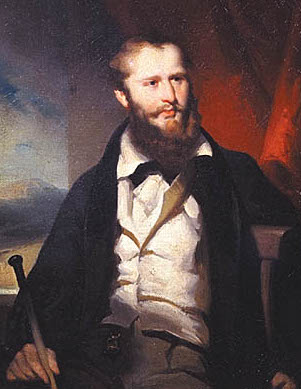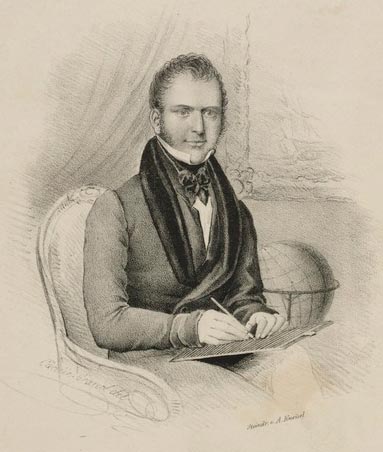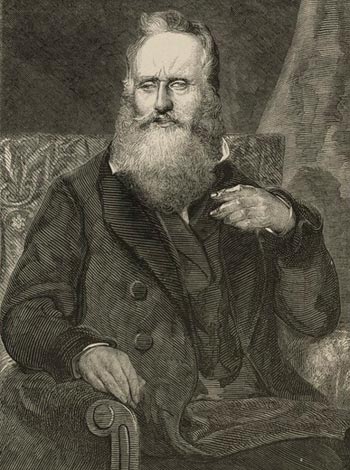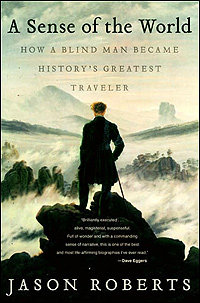James Holman was born in 1786 in his father’s apothecary shop in Exeter. Exeter was a prosperous, inland port in south western England.
The shop, a forerunner to what we now know as a chemist, was full of unfamiliar things from all around the world. It played a big part in determining James’ childhood decision to one day travel the world and explore the places from which all these strange items came. It also stirred his lifelong fascination with the unfamiliar and uncertain things in life.’
Joining the Royal Navy was an initial way of beginning to fulfil his dreams of travel and adventure. Unfortunately, Holman began to suffer from debilitating and very painful, swollen joints. His rheumatism considerably limited his movement around the ship. If this was not enough, he then inexplicably lost his sight. He was twenty five years old.
A blind person in those times was on their own, without the assistance of the services and aids which there are today. It was therefore all the more extraordinary how Holman adapted to his sudden loss of sight. His strong persistence allowed him to develop skills that gave him the independence and confidence to overcome any disability and achieve his ambitions.
Between 1827 and 1832 the quietly spoken Holman achieved his boyhood ambition to circumnavigate the world. As he travelled he neither avoided difficulty nor danger. A confident, erect walker, he gave no indication that he was blind. Whenever the opportunity to walk presented itself, he enthusiastically embraced it in the genuine belief that he could “see things better with (his) feet”. When he was travelling by coach in France, he often pulled from his pocket a cord which he tied to the vehicle. Holding on to the other end of the cord, he was able to walk safely behind the coach. In June 1821 he climbed the lava strewn surface of an active Mt Vesuvius, as far as the edge of its crater. In this age of exploration, Holman never considered his blindness to be a disadvantage.
During his travels he visited Tasmania in late 1831. His celebrity status occasioned the reporting of his arrival in a local newspaper. Having allowed his beard to grow in length, a number of children in Hobart imitated the celebrated blind traveller by tying possum tails around their chins. The children’s actions reminded me of the Davy Crockett craze of the 1950s when children wore fur skinned hats with a tail, just like their hero Davy.
Holman then travelled to New South Wales, where in Sydney he joined a party to explore the Bateman’s Bay area. This exploration was not without its moments of danger. Before leaving Sydney in early 1832, he surprised residents who saw him capably at ease on horseback. He had learnt to ride in South Africa, another example of his determination to maintain his independence.
Holman was 70 years old when he died peacefully in a London boarding house in July 1857. He had only just finished writing his autobiography a week before his death. In his fascinating book about Holman entitled A Sense of the World, from which much of the above information has come, Jason Roberts concludes with the gentle irony that “the most restless man in human history was finally at rest”.
© Jim Low
A GOOD READ
A Sense of the World
How a blind man became history’s greatest traveller
by Jason Roberts




